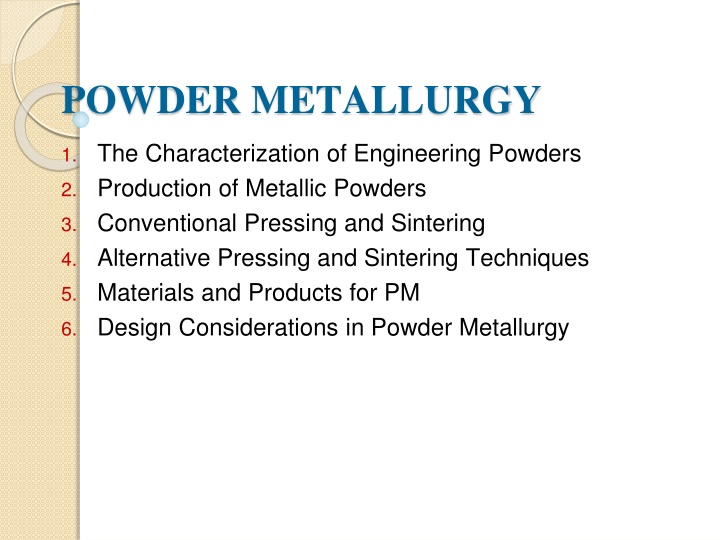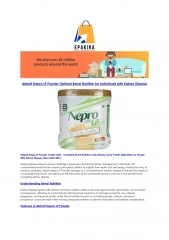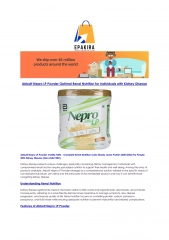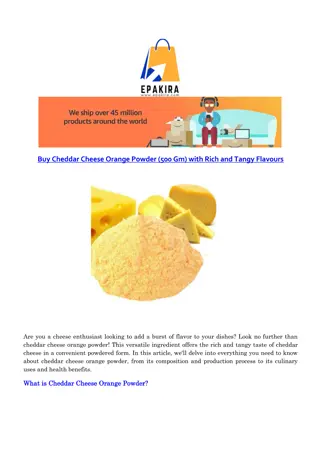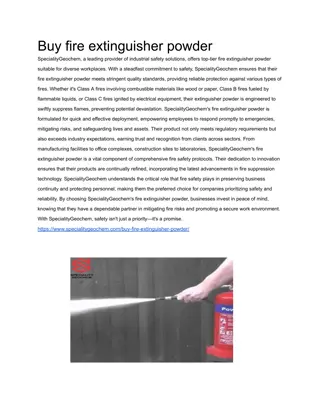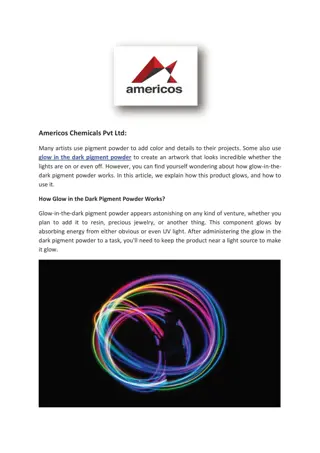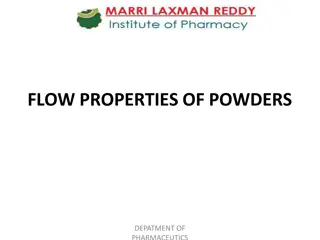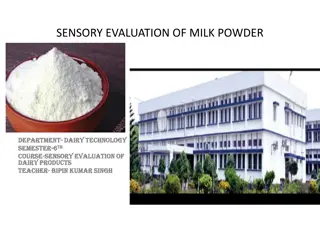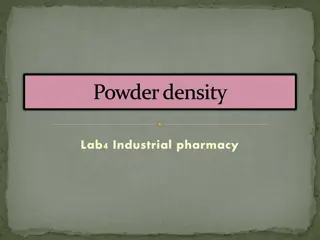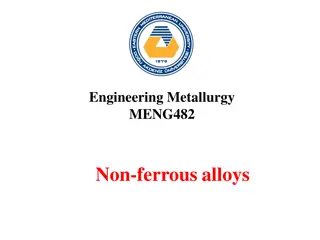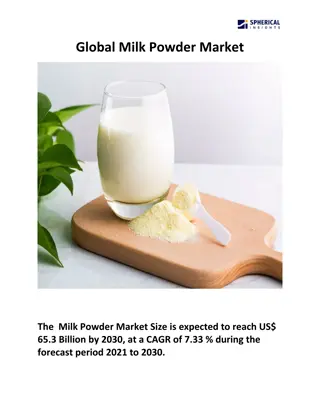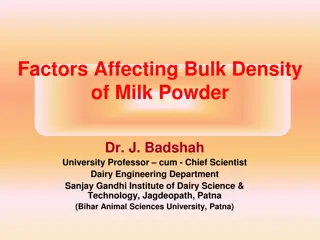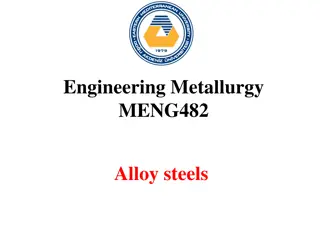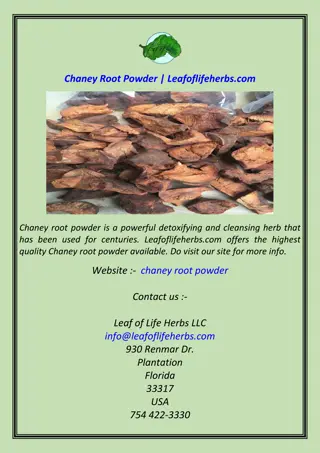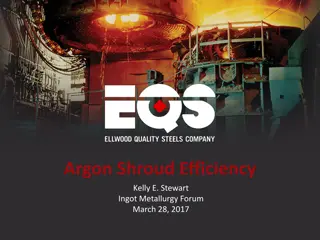POWDER METALLURGY
Powder metallurgy (PM) is a metal processing method utilizing metallic powders to produce parts through compression and sintering. Dating back to ancient civilizations, PM has evolved into a commercial technology offering mass production capabilities and efficient material usage. Explore the history, production processes, and applications of PM, as well as its significance in modern industries.
Download Presentation

Please find below an Image/Link to download the presentation.
The content on the website is provided AS IS for your information and personal use only. It may not be sold, licensed, or shared on other websites without obtaining consent from the author.If you encounter any issues during the download, it is possible that the publisher has removed the file from their server.
You are allowed to download the files provided on this website for personal or commercial use, subject to the condition that they are used lawfully. All files are the property of their respective owners.
The content on the website is provided AS IS for your information and personal use only. It may not be sold, licensed, or shared on other websites without obtaining consent from the author.
E N D
Presentation Transcript
POWDER METALLURGY 1. The Characterization of Engineering Powders 2. Production of Metallic Powders 3. Conventional Pressing and Sintering 4. Alternative Pressing and Sintering Techniques 5. Materials and Products for PM 6. Design Considerations in Powder Metallurgy
POWDER METALLURGY Lecture (1) Powder metallurgy (PM) is a metal processing technology in which parts are produced from metallic powders. In the usual PM production sequence, the powders are compressed into the desired shape and then heated to cause bonding of the particles into a hard, rigid mass. Compression, called pressing, is accomplished in a press-type machine using tools designed specifically for the part to be manufactured. The tooling, which typically consists of a die and one or more punches, can be expensive, and PM is therefore most appropriate for medium and high production. The heating treatment, called sintering, is performed at a temperature below the melting point of the metal.
History of PM From the historical point of view, powder metallurgy (PM) has been the world s oldest kind of metallurgy, which has been proved by archaeological discoveries from different parts of the world. For example, powdered gold was used by Incas for jewelry making and iron powder was known to Egyptians as early as 3000 years B.C. The manufacture of iron components was wide-spread around 800 600 B.C. Powder metallurgy started to be used in a larger extent at the turn of the 19th and 20th century, namely for industrial making of metals with a high melting point temperature tungsten (3422 C) and molybdenum (2623 C), for which no suitable melting equipment existed. Thomas Edison s invention of the light bulb in October 1879 essentially contributed to the development of tungsten powder metallurgy manufacture of filaments. for a
The first filaments for electric lamps were based on osmium, carbon and tantalum, however, they were very brittle. It was tungsten with its high melting point temperature and favorable electrical properties which appeared the most suitable material for the manufacture of the filaments. In the early 20th century the first sintered metal-carbon based compounds started to be produced commercially, featuring high electrical conductivity of copper (or silver) and excellent lubricating properties of graphite. Since 1920, further composite materials started to be developed known under the name hardmetals or cemented (sintered) carbides . Their main application has been a manufacture of high wear resistant tools. After the World War II, the attention started to be paid to bearings and friction materials based on iron and bronze, usually containing nonmetallic additions. These are metal- oxide based composites, the so-called cermets, used for special high- temperature purposes.
Considerations that make powder metallurgy an important commercial technology PM parts can be mass produced to net shape or near net shape, eliminating or reducing the need for subsequent processing. The PM process itself involves very little waste of material; about 97% of the starting powders are converted to product. This compares favorably with casting processes in which sprues, runners, and risers are wasted material in the production cycle. Owing to the nature of the starting material in PM, parts having a specified level of porosity can be made. This feature lends itself to the production of porous metal parts such as filters and oil-impregnated bearings and gears. Certain metals that are difficult to fabricate by other methods can be shaped by powder metallurgy. Tungsten is an example; tungsten filaments used in incandescent lamp bulbs are made using PM technology. Certain metal alloy combinations and cermets can be formed by PM that cannot be produced by other methods. PM compares favorably with most casting processes in terms of dimensional control of the product. Tolerances of 0.13 mm (0.005 in) are held routinely. PM production methods can be automated for economical production.
Disadvantages associated with PM processing tooling and equipment costs are high. metallic powders are expensive. there are difficulties with storing and handling metal powders (such as degradation of the metal over time, and fire hazards with particular metals). there are limitations on part geometry because metal powders do not readily flow laterally in the die during pressing, and allowances must be provided for ejection of the part from the die after pressing. variations in material density throughout the part may be a problem in PM, especially for complex part geometries.
PM Work Materials The largest tonnage (parts as large as 22 kg (50 lb) can be produced, most PM components are less than 2.2 kg (5 lb)) of metals for PM are alloys of iron, steel, and aluminum. Other PM metals include copper, nickel, and refractory metals such as molybdenum and tungsten. Metallic carbides such as tungsten carbide are often included within the scope of powder metallurgy.
A collection of powder metallurgy parts. (Courtesy of DorstAmerica, Inc.)
Powder metallurgy deals with a technical manufacture of powder metals, metalloids, metal alloys or compounds and their processing to a finished product shape without melting-down their main components. Powder metallurgy includes also a manufacture and processing of nonmetal powders to products, which exhibit metallic properties, such as iron oxide based magnetic materials the so- called ferrites, sintered corundum for machining and forming, some types of semiconductors etc.
